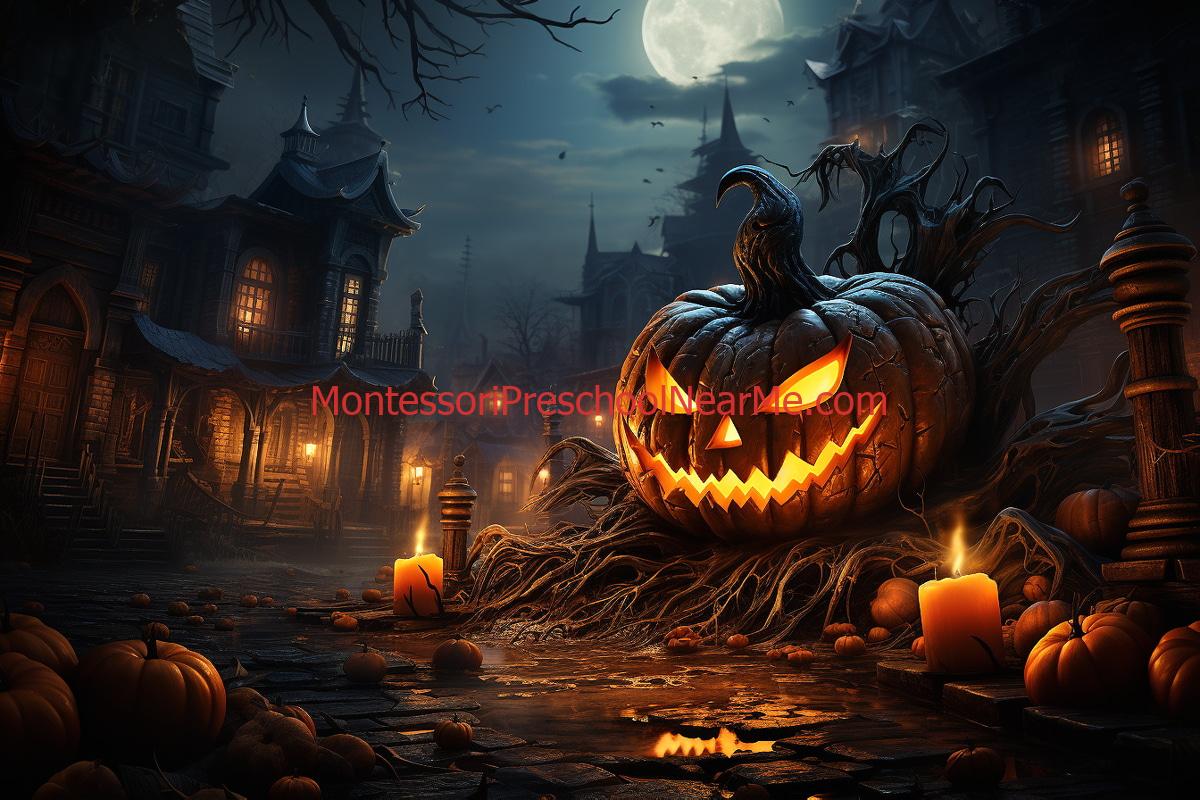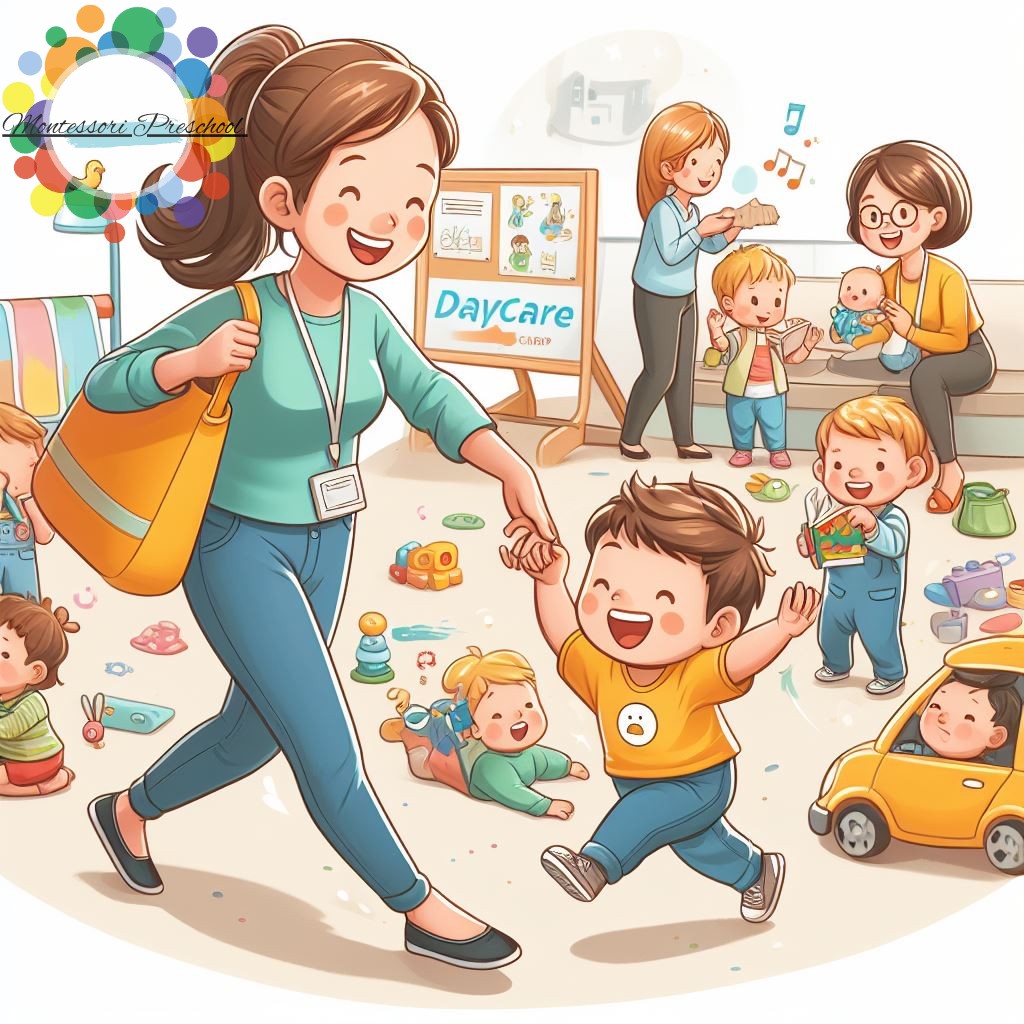
The Ancient Celtic Festival of Samhain
In order to understand the true origin of Halloween, we must travel back in time to the ancient Celtic festival of Samhain. Samhain was celebrated by the Celts, who inhabited present-day Ireland, the United Kingdom, and parts of France.
The Celtic festival of Samhain marked the end of summer and the beginning of winter. It was a time when the Celts believed the veil between the worlds of the living and the dead was at its thinnest.
The festival held particular importance in Ireland, where the Celts believed the landscape was imbued with powerful spirits. They believed that on the eve of Samhain, these spirits would roam the Earth.
During Samhain, the Celts lit bonfires to drive away evil spirits and wore costumes made from animal skins to frighten away wandering ghosts. This practice laid the foundation for the modern tradition of Halloween costumes.
Samhain also served as an occasion to celebrate the bountiful harvest and express gratitude to the gods for the blessings of agriculture.
The Evolution of Halloween
Over time, the ancient Celtic festival of Samhain underwent significant transformations, blending with other cultural practices and evolving into the Halloween we know today.
As Christianity began to spread throughout Celtic lands, the Catholic Church sought to replace pagan festivals with Christian holidays. One such attempt was the introduction of All Hallows’ Day, also known as All Saints’ Day, on November 1st.
The term “Halloween” is derived from “All Hallows’ Eve,” the evening before All Hallows’ Day. The Church hoped to integrate the existing traditions of Samhain with the new Christian holiday.
As the blending of Samhain and All Hallows’ Eve continued, elements like bonfires, costumes, and the belief in spirits began to intertwine with the Christian concept of honoring saints and praying for the souls of the departed.
During the Middle Ages, European traditions such as soul cakes, which were baked and distributed to the poor, became popular during the Halloween season.
The tradition of Halloween was brought to America by Irish and Scottish immigrants in the 19th century. It gained popularity and evolved further, incorporating elements from other European cultures.
Modern Halloween Traditions
Today, Halloween is a festive occasion celebrated with a range of traditions and activities that cater to both children and adults.
One of the most beloved Halloween traditions, trick-or-treating involves children going door to door, dressed in costumes, and collecting candy.
Jack-o-lanterns, hollowed-out pumpkins with intricate designs carved into them, have become an iconic symbol of Halloween. This tradition originated from the Irish folklore tale of Stingy Jack.
Halloween parties and festive gatherings provide a platform for people to showcase their creativity through costumes, decorations, and themed activities.
Halloween coincides with the Mexican holiday of Dia de los Muertos, or the Day of the Dead, which is a time to honor and remember deceased loved ones.
Over the years, Halloween has transformed into a massive commercial industry, with the sale of costumes, decorations, and themed merchandise contributing to its economic significance.
The Symbolism of Halloween
Halloween is deeply rooted in symbolism that reflects its historical origins and the cultural practices associated with it.
The celebration of Halloween on October 31st symbolizes the transition from summer to winter, light to darkness, and life to death.
The belief that the boundaries between the worlds of the living and the dead blur on Halloween night adds an element of mystery and fascination to the holiday.
Many Halloween traditions, such as lighting candles and visiting cemeteries, serve as a way to honor and remember deceased loved ones.
The association of Halloween with ghosts, witches, and other supernatural creatures taps into the human fascination with the unknown and the fear of the supernatural.
Debunking Halloween Myths
Despite its popularity, Halloween has faced criticism and misinformation over the years. Let’s shed light on some common myths associated with the holiday.
Contrary to popular belief, Halloween does not have inherent demonic or evil connotations. Its roots lie in pagan and Christian customs rather than any satanic worship.
The fear of poisoned candy and harmful treats handed out during trick-or-treating is largely unfounded. Such incidents are exceedingly rare and often the result of hoaxes or isolated incidents.
While safety precautions and vigilance are essential during Halloween, the belief that the holiday poses an unusually high risk to children is exaggerated.
Some religious groups have opposed the celebration of Halloween due to its pagan origins. However, the majority of religious perspectives focus on embracing the positive aspects of the holiday and integrating them into their faith.
Conclusion
Halloween, with its ancient Celtic roots, has transformed from a religious festival to a widely celebrated and beloved holiday. As we have explored the true origin of Halloween, we have discovered how it has evolved over centuries and captured the imagination of people worldwide. From its humble beginnings as the Celtic festival of Samhain to its commercialized form today, Halloween remains a time for fun, creativity, and the celebration of life, even as we honor the departed. So, this Halloween, embrace the tradition, enjoy the festivities, and remember the rich history that brought us this cherished holiday.



